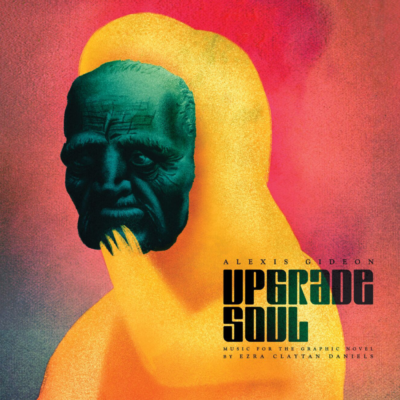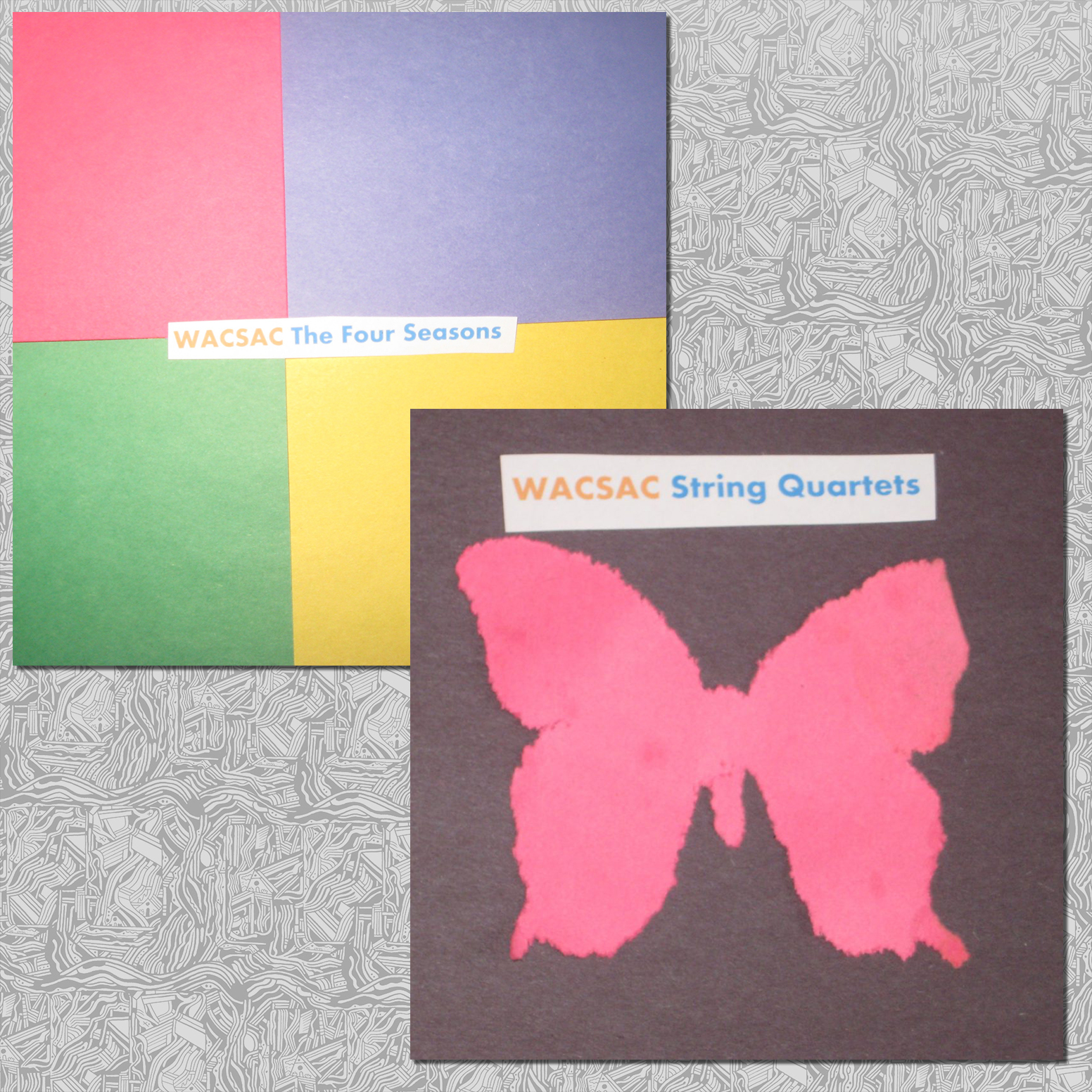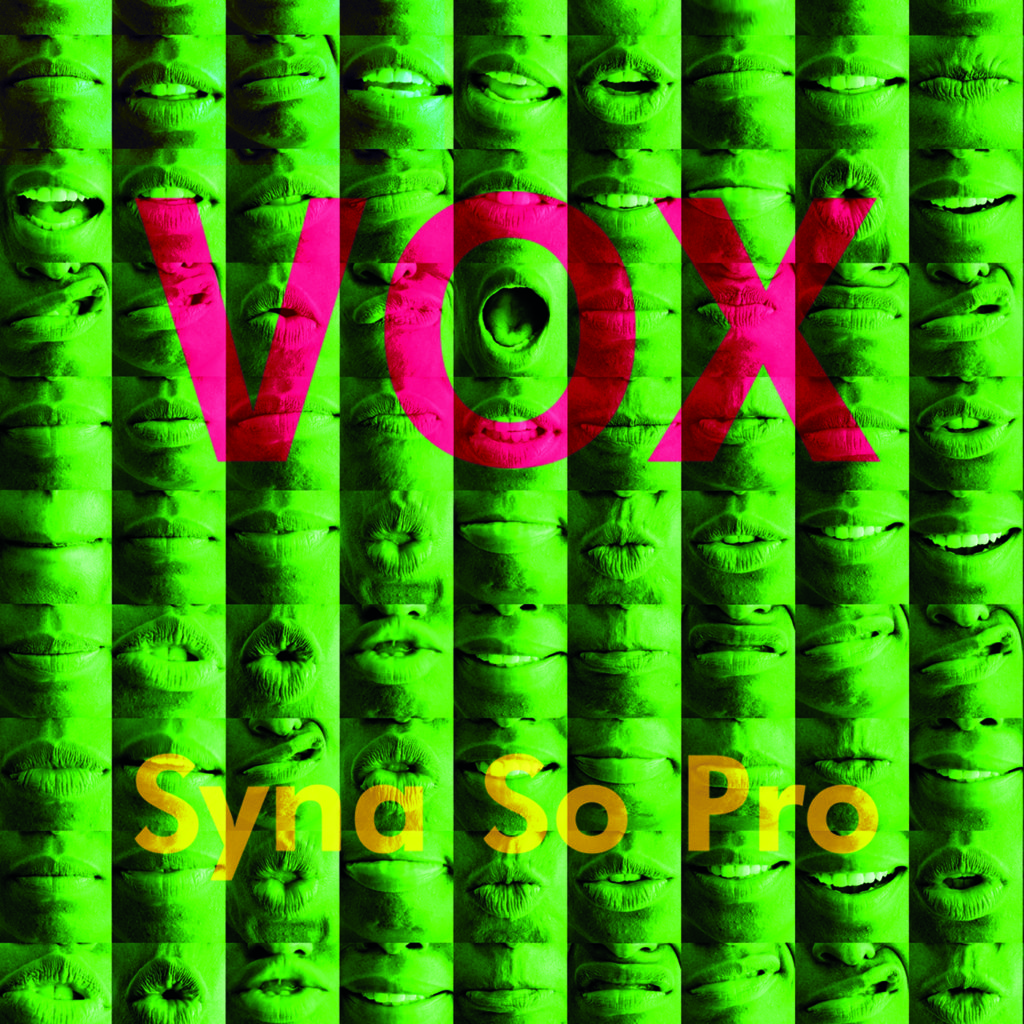Description
Paper, not plastic is the second album of solo taiko recordings by Kioto Aoki, and her first for FPE Records. Fusing the minimal with the maximal, Kioto creates a space where melody is embodied by rhythm, and composition’s relation to motif is questioned. As with all of Aoki’s practice (she’s also a photographer and filmmaker), the medium imparts a veil: you can’t see her choreography in this sonic space, but her movements are integral to the way it sounds, broadcasting through stick hits and hollow echo a robust and nuanced practice of being through time.
Some of the compositions emphasize traditional pedagogy: “First Lesson” recalls the anecdotal training of the first technique a young taiko artist learns, and once mastered, is applied to maintain the pulse of a full ensemble throughout a performance. “Otoshi” is a fundamental phrase and exercise in which the mind teaches the body to feel the plasticity of temporal drive. Other pieces take advantage of Aoki’s control of the instrument and the space to reveal an abstract narrative, or to dazzle the listener with an epic sonic monochrome.
The recordings, rich with detail and nuance, come from Aoki’s close collaboration with producer Caleb Willitz, aiming to capture the aliveness of taiko in a room. Engraved here, aliveness is surely what you hear. Big declarations of boom, little punctuations of click, purrs of rumble and roars of motion. Distinctively, irrevocably human, drawn from nature, engaging fully with consciousness, balanced between what life is and what life comes from. A joy to listen to, to be with, and to know.
Paper, not plastic will be available in digital and CD format from FPE Records August 25, 2023.
Kioto Aoki is a taiko artist descending from an okiya (geisha house) performing arts family in Tokyo –called Toyoakimoto– with roots dating back to the Edo period. Her musical practice maintains a balance of retaining the artistic and aesthetic integrity of traditional Japanese music with a musical flexibility that extends beyond the measures of cultural preservation. Her playing is informed by the Japanese aesthetics of ma, while challenging the common misinterpretation and beliefs of percussion as rhythm, and often uses stoic gestures of sonic textures, abstracted soundscapes and embodied phrasing that incorporates choreography as part of melody.









